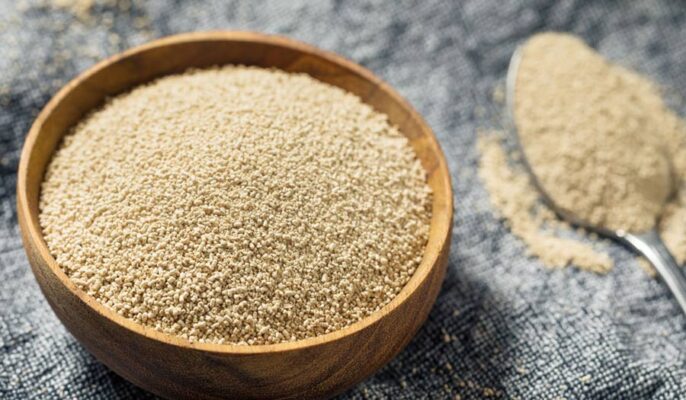People in the beer industry like to say that breweries don’t make beer. Breweries produce wort, the substance that yeast turns into beer. While ingredients like hops and malt often take the spotlight, the role of yeast in determining the final flavor of craft beer remains crucial. Yeast selection can affect the aroma, taste, and characteristics of the final product. Without yeast, there would be no beer. During fermentation, microorganisms consume sugar and produce alcohol and carbon dioxide as by-products. It is a necessary ingredient, like sugar is a necessary ingredient.
Yeast ingredients
Yeast is composed of carbohydrates, proteins, lipids, minerals, and DNA/RNA; varying proportions of these components will vary depending on growth conditions. Yeast also contains vitamins, and spent yeast is often used to supplement nutrients. Each cell contains various organelles necessary for yeast function.

The plasma membrane of yeast cells represents a barrier between the cytoplasm and the environment and regulates exchanges required for cell survival. It is composed of lipids and proteins; the lipid component of the membrane is important for cell proliferation. In fact, the concentration of sterols and unsaturated fatty acids will determine how many times a yeast cell can divide.
Effect of yeast on aroma
Yeast plays a key role in shaping the aromatic profile of craft beer. Different strains of yeast can produce various esters and phenols during fermentation, which contribute to the aroma. For example, certain yeast strains can produce fruity esters that add banana, pear, or apple flavors to beer. Others may produce spicy or clove-like phenols that imbue beer with a unique and alluring aroma. selected yeast strains thus allow brewers to create a range of aromas that define the personality of their craft beers.
Yeast adds fruity flavor to beer
The fruity flavor of esters is one dimension that might be missed without yeast. Unless water is actually added to the beer during the brewing process. Ale yeast (called Saccharomyces cerevisiae) is different from lager yeast (called Saccharomyces pastoris). Omit flavor, ale yeast generally produces a fruitier aroma.
Affect taste
Also to aroma, yeast selection also has a significant impact on the taste of craft beer. Yeast not only ferments sugar to produce alcohol, but it also affects the production of various flavor compounds during the fermentation process. Different yeast strains can impart different flavor profiles, from crisp and clean to complex and rich. Some strains may impart a subtle sweetness, while others may impart a subtle sourness or a rich, tangy flavor. The flavor nuances brought about by specific yeast strains allow brewers to brew beers with a variety of flavor complexities to suit different tastes and preferences.
Yeast flavor in beer
Phenols
Phenol is present in every beer and is produced not only by yeast but also other beer ingredients or chemicals such as chlorine found in brewing water. (For example, tannin is a phenol found in both hops and malt). But we’re talking about yeast here, and there are some identifiable yeast-derived phenols you’ll encounter in your pints of beer.
Esters
Esters provide a large part of yeast-derived beer flavor. They tend to have a fruity flavor, but each ester tastes different. There’s isoamyl acetate, which tastes like banana. There’s ethyl acetate, which smells like nail polish remover. There are ethyl caprylate and ethyl caproate, which taste like apple, pear or fennel.

Generally speaking, ester production is related to fermentation, with higher fermentation temperatures increasing the presence of esters. There are many other factors at play here, not least the yeast strain used, but the lower fermentation temperature is why you don’t encounter esters as in lagers as you do in ales.
Alcohols
Among other things, yeast is best known for producing carbon dioxide and ethanol. While foam is great, it’s ethanol that gets most people going (and in a sharp, unfettered way). Ethanol is detectable at thresholds that depend on other characteristics of the beer, such as sweetness and bitterness, and it can impart a warming, drying, or astringent effect to the palate.
The role of fermentation conditions
Too to yeast strain selection, fermentation conditions also affect the flavor development of craft beer. Factors such as fermentation temperature, pitching rate and the presence of oxygen all play a crucial role in shaping the final flavor profile. The interplay between yeast selection and fermentation conditions creates subtle flavor changes, allowing brewers to fine-tune their brewing processes to achieve the desired taste profile of craft beer.




